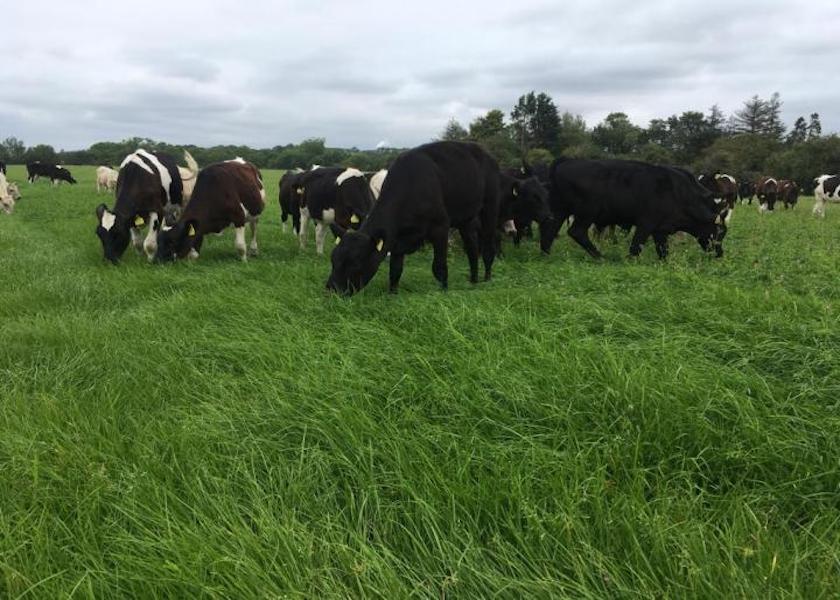The 411 on Festulolium

Its name sounds like something that belongs in the pages of a Dr. Seuss book or an episode of “Seinfeld.” But festulolium actually is a highly useful hybrid forage grass – the result of a cross between fescue grass and ryegrass.
According to Michigan State University Extension specialist, Jim Isleib, festulolium gets its quirky name from a combination of Festuca, the genus of fescue; and Lolium, the genus of ryegrass.
As a hybrid, festulolium captures the favorable characteristics of both of its parent lines. From its fescue parentage, it can provide:
- High dry-matter yield
- Cold and heat tolerance
- Drought resistance
- Stand persistence
- Disease resistance to rust and xanthomonas
And from its ryegrass “roots,” it offers:
- Rapid establishment
- Early spring growth
- Good digestibility, sugar content, and palatability
A wide range of festulolium varieties has been developed using matings of Tall Fescue or Meadow Fescue with Italian ryegrass or perennial ryegrass. Each has its own unique characteristics that may present stronger attributes of one of the parent plants.
For example, some may boast higher feeding quality or tonnage yield, while others may have better persistency or quicker establishment. In total, the University of Wisconsin’s list of commercially released cool-season grass varieties includes 16 unique varieties of festulolium.
Denmark-based DLF is a primary developer of festulolium, and offers the largest seed portfolio for the hybrid grass in the world. Researchers there said festulolium hybrids are classified according to their degree of phenotypical similarity to the original parent plants, and not to their genotype heritage. In general, they can be viewed as “high-yielding fescues with improved forage quality,” or “higher-yielding, more persistent ryegrass.”
As a bonus, DLF noted all festulolium hybrids are substantially higher yielding than their parent lines, with trial data indicating an expected average dry-matter yield increase of about 25%. They describe festulolium hybrids as “more than the sum of their parts” in terms of yield, persistency, and feeding value.
Bert Strayer, Professional Seedsman and DLF Wholesale Forage Lead, said although festulolium generally is not considered a “permanent” forage, stands can reliably persist for several years. And while it was developed as grazing forage that can withstand heavy traffic, these hybrids also are highly desired in cutting systems.
“A lot of the festulolium that is grown in the United States is planted in forage mixes,” noted Strayer. “When companion-planted with alfalfa, for example, it serves as an excellent nurse crop, and provides desired moisture wicking when harvesting dry hay, while adding feed quality to the mix. Plus, it is less competitive with alfalfa compared to brome or orchard grass.”
Strayer said festulolium hybrids also work well for establishing new pasture seeding, and as a robust and high-quality option for overseeding thin alfalfa stands. “We’re definitely seeing a rise in the awareness and popularity surrounding festulolium,” stated Strayer. “It is an extremely versatile forage that provides customized options to fit growers’ needs.”







